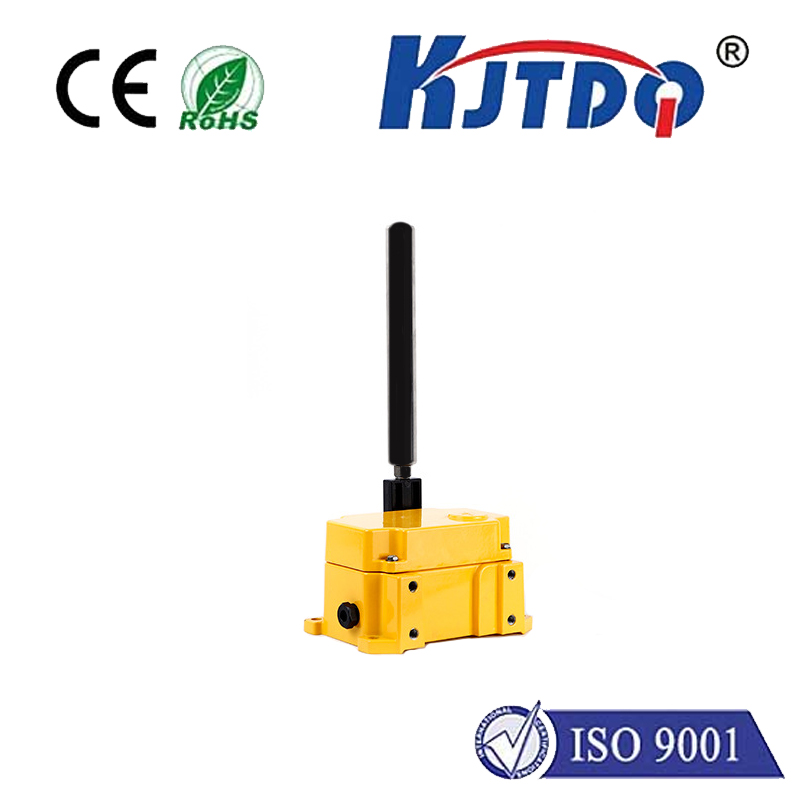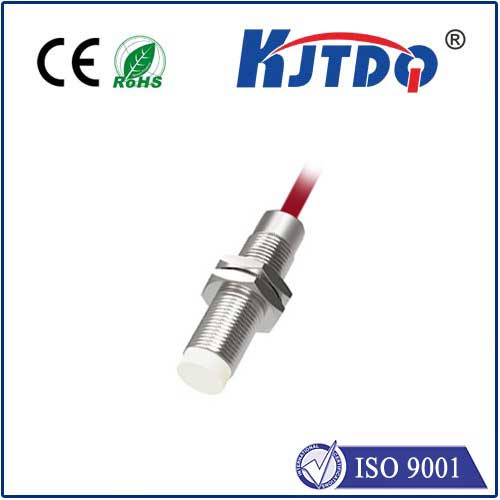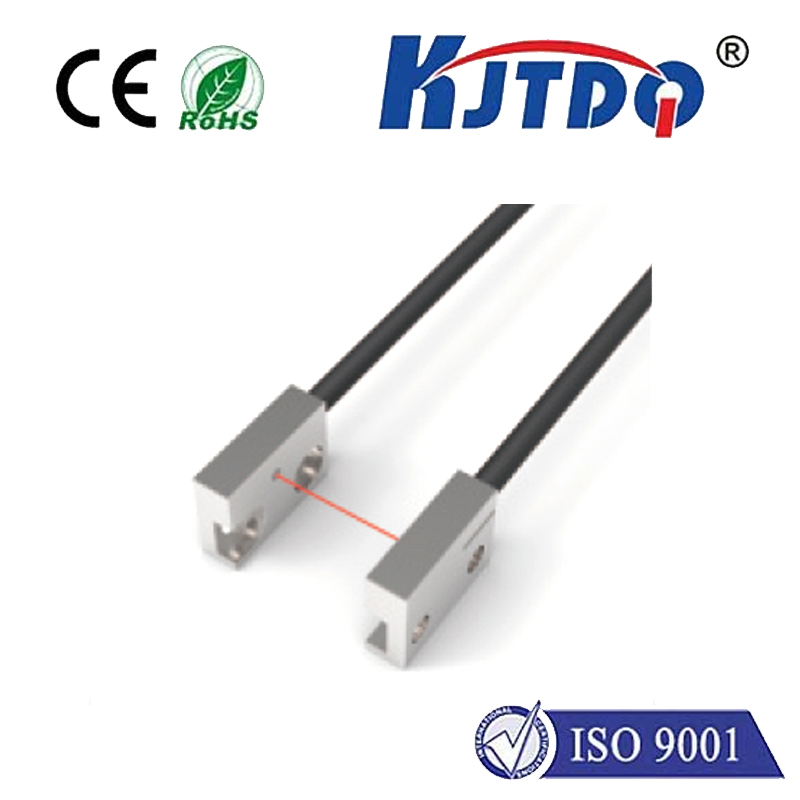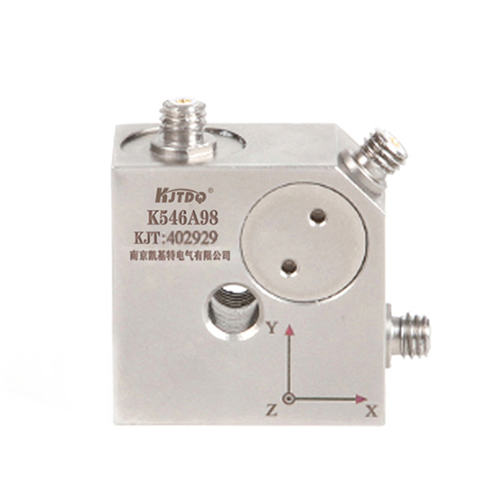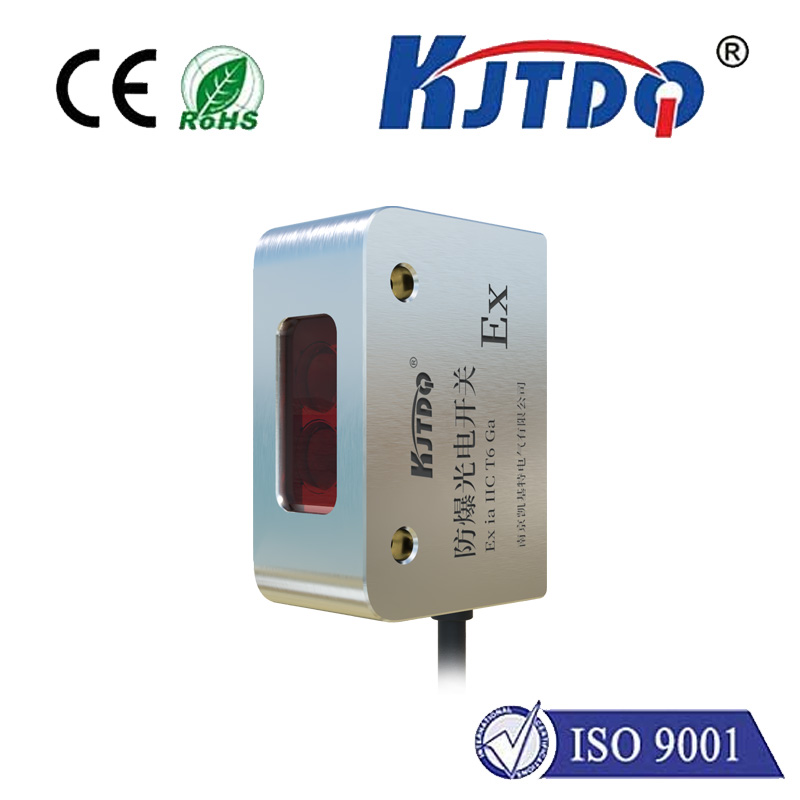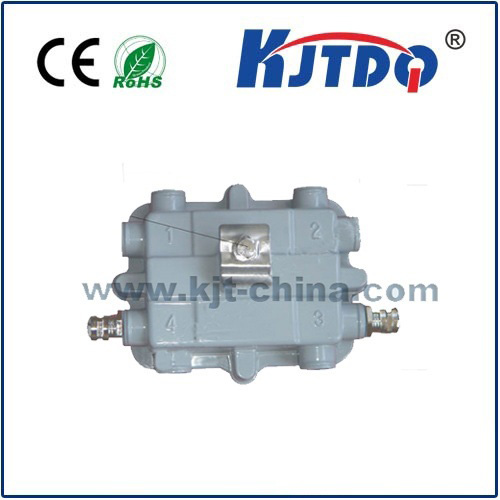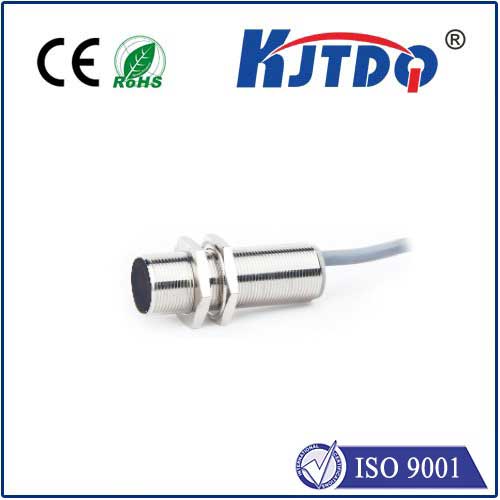

check

check

check

check
As technology advances at an unprecedented rate, it's no surprise that our lives are becoming increasingly intertwined with devices that are capable of connecting us to the world around us. One such device is the proximity sensor, a small but mighty tool that has the potential to revolutionize the way we interact with our surroundings. In this article, we'll explore the many ways in which proximity devices are changing the game and transforming the landscape of modern living.
The Basics of Proximity Devices
Proximity sensors are electronic devices that are capable of detecting the presence or absence of nearby objects or people. They work by using electromagnetic fields to communicate with these objects, sending out a signal and waiting for a response. When an object comes into contact with the sensor, it sends back a signal that is detected by the device, allowing it to determine whether the object is present or not.
There are many different types of proximity sensors available on the market today, each with its own unique set of features and capabilities. Some are designed for use in homes and buildings, while others are optimized for use in industrial settings. Regardless of their specific application, however, all proximity sensors share a common goal: to provide users with accurate and reliable information about their environment.
How Proximity Devices are Changing the Game
One of the most promising applications of proximity sensors is in the field of home automation. By installing proximity sensors throughout your home, you can gain real-time control over various appliances and systems, allowing you to customize your living experience to suit your needs and preferences. For example, if you forget to turn off your lights before leaving the house, a proximity sensor can automatically turn them off when you're out of range. Or if you want to ensure that your home is secure when you're away, a proximity sensor can alert you to any suspicious activity and send you alerts via text message or phone call.
Another area where proximity devices are making a big impact is in industrial settings. By using proximity sensors to monitor equipment and machinery, companies can improve efficiency, reduce downtime, and minimize the risk of accidents and injuries. For example, a proximity sensor can be used to detect when a machine is overheating or malfunctioning, allowing operators to quickly take corrective action before a serious problem arises. Alternatively, proximity sensors can be used to track the movements of workers in high-risk environments, such as construction sites or manufacturing plants, providing valuable data that can help prevent accidents and improve safety.
Conclusion
As technology continues to advance at a rapid pace, it's clear that proximity devices will play an increasingly important role in shaping the future of our living spaces and workplaces. Whether you're interested in using these devices to automate your home or improve safety in your industry, there's no denying that they have the potential to transform the way we live and work. So why wait? Start exploring the many different types of proximity sensors available today and see how they can help you achieve your goals and enhance your quality of life!
